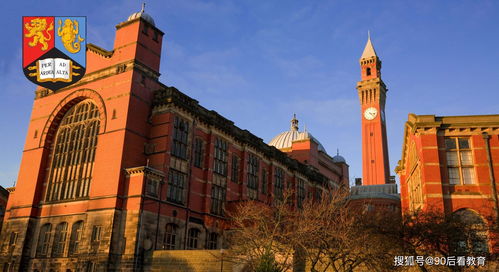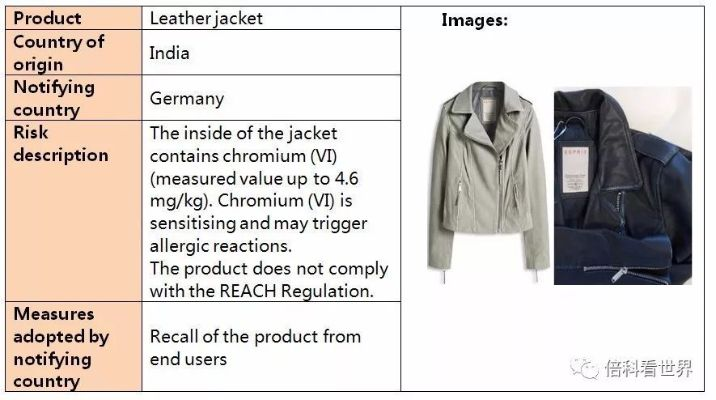The Dynamic Landscape of Textile Material Prices:A Comprehensive Analysis
In today's global economy, the prices of textile materials are not just a reflection of supply and demand but also a testament to the complex interplay between various factors. From raw material costs to transportation logistics, from labor demands to environmental regulations, every aspect plays a role in shaping the overall price landscape for textile materials. In this essay, we will delve into the key drivers of textile material prices, analyze their impact on the industry, and provide insights into how businesses can navigate these ever-changing markets.
At the heart of any textile material's pricing lies the cost of its raw materials. These include cotton, polyester, wool, and other natural and synthetic fibers. The prices of these raw materials fluctuate significantly depending on factors such as climate change, geopolitical tensions, and market demand. For example, the price of cotton has been on the rise due to increased demand from developing countries and growing concerns about sustainability. Similarly, the price of polyester has been driven up by the rising demand for eco-friendly alternatives.
The transportation costs associated with textile materials are another critical factor that affects their prices. Logistics companies often charge based on distance, weight, and volume, which can add significant expenses to the final product price. Additionally, the rising cost of fuel and port fees has contributed to higher transportation costs for many textile producers.
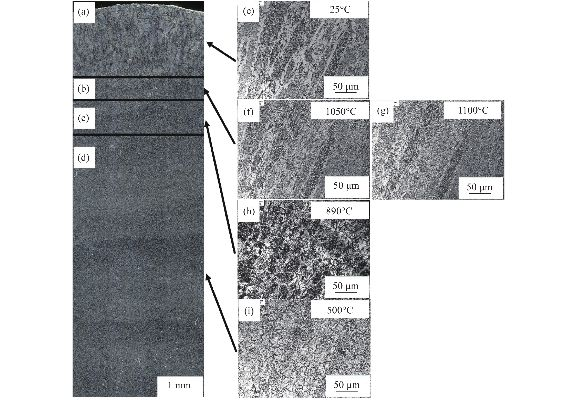
Labor costs are also an important consideration when analyzing textile material prices. The wages paid to workers directly impact the production costs, which in turn affect the retail prices of finished products. As the global workforce becomes more expensive, it is essential for manufacturers to find ways to reduce labor costs while maintaining quality and productivity.
Environmental regulations have also played a significant role in shaping the textile material price landscape. Governments around the world have implemented stricter standards for waste management, water usage, and emissions, which have led to increased costs for textile manufacturers. Moreover, consumers are becoming more conscious about the environmental impact of their purchases, leading to a shift towards sustainable and eco-friendly materials.
In addition to these factors, there are several other variables that can influence the prices of textile materials. For example, fluctuations in exchange rates can impact the cost of imported raw materials. Technological advancements can lead to new manufacturing processes that can reduce costs or increase efficiency, thereby affecting the overall price of textile materials.
To understand the broader implications of these factors, let's take a look at some examples of how they have affected the textile industry. In recent years, the cost of cotton has risen sharply due to droughts and other weather-related issues in the United States and Brazil, which have affected the availability of this key raw material. This increase in raw material costs has forced manufacturers to pass on some of the additional expenses to consumers through higher prices for their products.
Another example is the rise in transportation costs for textile materials. With the global pandemic causing disruptions in supply chains, manufacturers have had to pay higher freight rates and face delays in delivery times. This has added significant stress to their operations and has led to higher inventory levels, further driving up prices for consumers.
Labor costs have also become a major concern for many textile manufacturers. As automation and other technological advancements continue to replace human labor, manufacturers must find ways to minimize the need for skilled workers. This can be achieved through training programs, automation, or other strategies that reduce labor costs without sacrificing quality or productivity.
Environmental regulations have also had a significant impact on the textile industry. Manufacturers must comply with increasingly stringent regulations regarding waste management, water usage, and emissions. This has led to higher costs for some companies and has encouraged them to explore alternative materials or processes that are more sustainable.
Finally, the changing nature of consumer preferences has also influenced the prices of textile materials. As consumers become more conscious about the environmental impact of their purchases, they are turning away from traditionally expensive materials like silk and cashmere. Instead, they are seeking out more sustainable and eco-friendly options like organic cotton or recycled polyester. This shift in demand has led to a decrease in prices for these materials, making them more accessible to consumers while still providing high-quality products.
In conclusion, the prices of textile materials are influenced by a myriad of factors, including raw material costs, transportation logistics, labor demands, environmental regulations, and consumer preferences. As these factors continue to evolve, it is crucial for manufacturers to stay informed and adapt their strategies accordingly. By doing so, they can ensure that they remain competitive in a constantly shifting market while also prioritizing sustainability and ethical practices.
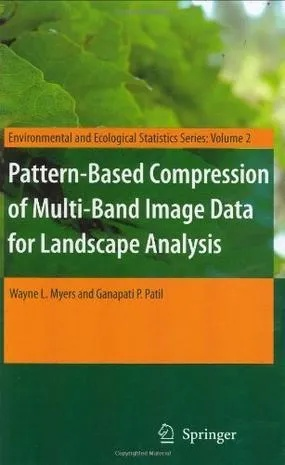
随着全球经济的不断发展和消费者需求的日益多样化,纺织品材料的价格呈现出复杂而多变的特点,本篇文章将围绕纺织品材料价格的主题,通过英文案例说明和表格数据展示,深入探讨其影响因素和未来趋势。
纺织品材料价格的影响因素
原材料价格波动
原材料价格是纺织品材料价格的主要影响因素之一,近年来,由于全球原材料供应的波动性和不确定性,纺织品材料的原材料价格经历了大幅上涨或下跌的情况,某些稀有金属、天然纤维等原材料价格的上涨,直接推动了纺织品材料价格的上涨。
生产成本增加
随着生产成本的增加,纺织品材料价格也可能随之上升,这包括劳动力成本、能源成本、环保成本等,某些地区劳动力成本的上涨,使得纺织品生产企业的生产成本上升,进而推高了纺织品材料价格。
市场需求变化
市场需求的变化也会对纺织品材料价格产生影响,随着消费者对高品质、个性化、环保等需求的增加,一些高端纺织品材料的需求量可能增加,从而推高了其价格,国际贸易政策的变化也可能影响纺织品材料的价格。
案例说明
以某知名纺织品品牌为例,展示纺织品材料价格的动态变化,该品牌主要采用高品质的天然纤维作为主要原材料,近年来其产品价格呈现出明显的上涨趋势,具体数据如下:
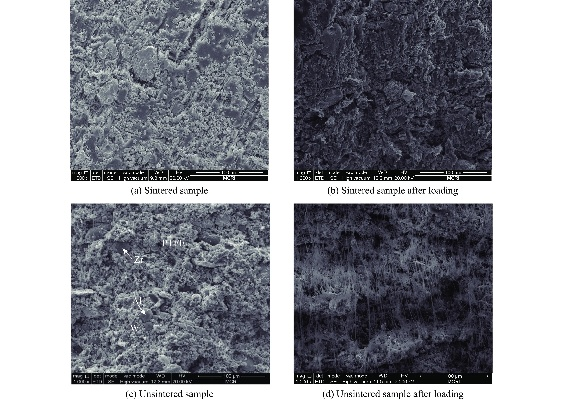
某知名纺织品品牌近年来的价格变化数据
| 时间段 | 产品种类 | 原材料价格 | 生产成本 | 市场售价 | 价格趋势 |
|---|---|---|---|---|---|
| 近两年 | 主要产品 | 天然纤维 | 增加 | 上调 | 上涨 |
| 原因分析 | 原材料波动 | 随着全球原材料供应的不确定性增加,天然纤维价格出现波动性上涨。 | 生产成本的增加和环保要求的提高导致生产成本上升。 | 高品质需求增加和国际贸易政策的影响导致市场售价上升。 |
纺织品材料价格趋势展望
原材料价格波动将继续影响纺织品材料价格
原材料价格波动将继续是影响纺织品材料价格的重要因素之一,随着全球经济的不断发展和原材料供应的稳定性,预计纺织品材料的原材料价格将继续呈现波动性上涨的趋势。
生产成本增加和环保要求提高将持续推动纺织品材料价格上涨
随着生产成本的增加和环保要求的提高,纺织品材料的价格有望继续上涨,随着消费者对高品质、个性化、环保等需求的增加,高端纺织品材料的市场需求有望进一步增长。
国际贸易政策的影响将更加复杂和多变
国际贸易政策的变化将更加复杂和多变,对纺织品材料的价格产生更加深远的影响,纺织品企业需要密切关注国际贸易政策的变化,及时调整生产和销售策略,以适应市场变化。
纺织品材料的价格受到多种因素的影响,包括原材料价格波动、生产成本增加和市场需求变化等,纺织品材料的价格趋势将继续呈现波动性上涨的趋势,同时受到国际贸易政策的影响将更加复杂和多变,纺织企业需要密切关注市场变化,及时调整生产和销售策略,以适应市场变化,政府和企业也需要加强合作,共同推动纺织品的可持续发展和绿色生产。
Articles related to the knowledge points of this article:
Consumer Complaints about Textile Products in Wuxi A Case Study and Analysis
The Fabric of Innovation:A Look at Zeroths Exquisite Textiles
Understanding the World of Textile Design
Export Tax Rates in Korea A Guide to Ensure Compliance and Maximize Profits
Transforming the Textile Landscape:The Story of Tongxiang AoLur Textiles


